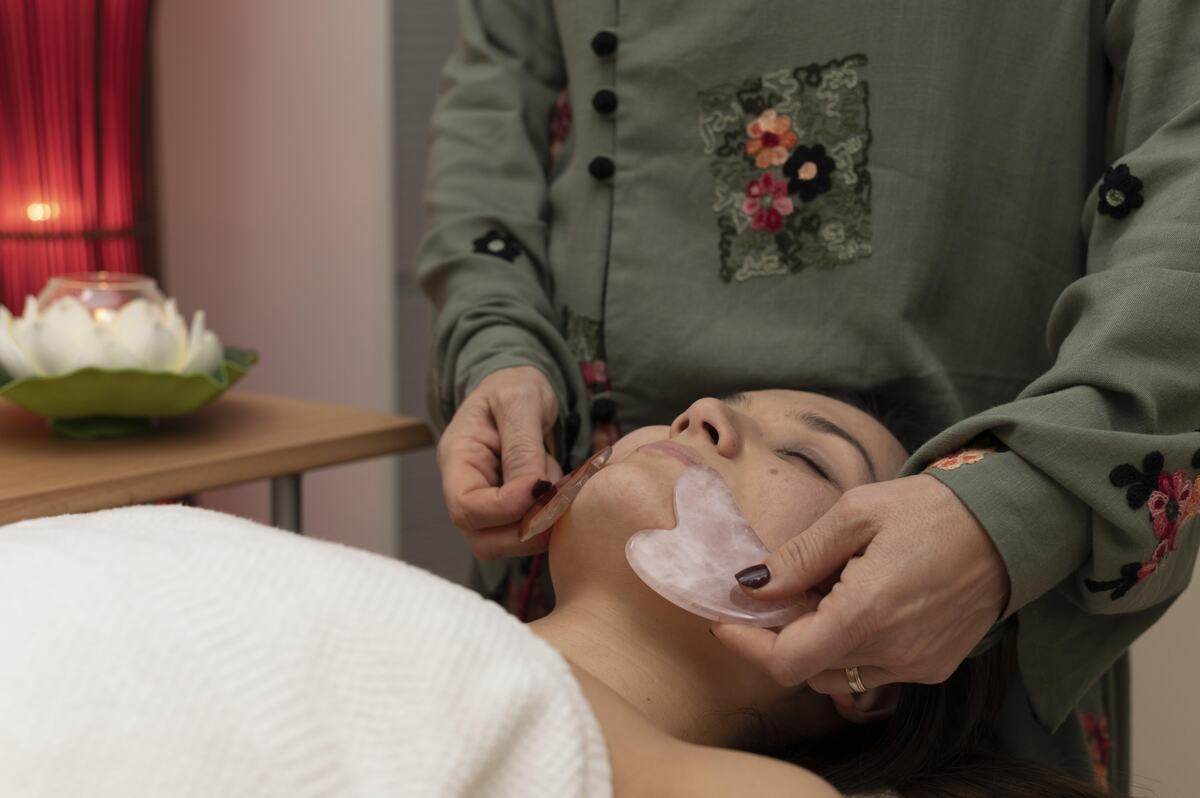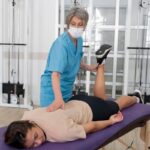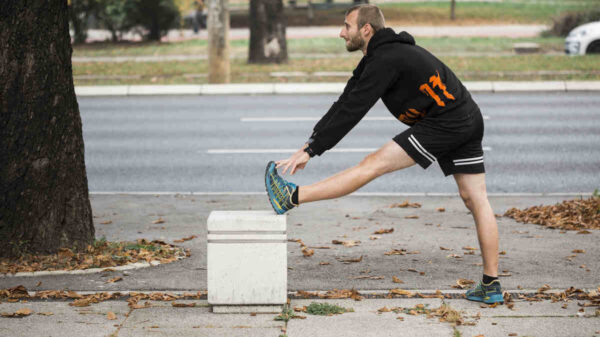Trigeminal neuralgia (TN) is chronic condition characterized by intense, sharp pain along the trigeminal nerve, responsible for facial sensation. The pain can be triggered by simple movements such as chewing, talking, or touching the face. While medical treatments such as medications and surgery are commonly used, specific exercises can offer significant relief by promoting relaxation, reducing tension, and improving circulation. This article explores some practical exercises that may help alleviate the discomfort caused by TN.
Understanding Trigeminal Neuralgia
Before diving into specific exercises, it’s essential to understand the nature of trigeminal neuralgia. The condition occurs when the trigeminal nerve is irritated or compressed, causing intense shooting pain that can be both debilitating and unpredictable. It often affects one side of the face and can lead to muscle spasms, weakness, and hypersensitivity in the affected area.
While there is no one-size-fits-all solution for managing TN, incorporating specific exercises into your daily routine may help reduce pain & enhance overall well-being.
Facial Relaxation Techniques
Facial relaxation is one of the most effective ways to relieve the tension contributing to TN pain. Simple techniques, such as progressive muscle relaxation (PMR), help reduce the pain’s intensity and promote muscle relaxation.
How to Perform Facial Relaxation:
- Sit in a comfortable position and close your eyes.
- Gently tense the muscles of your face (eyebrows, eyes, cheeks, mouth) for about 5 seconds.
- Relax the muscles for 10 seconds.
- Repeat this process 3–5 times.
This technique helps to release facial tension, particularly around the jaw, eyes, and forehead, which can help alleviate discomfort.
 Jaw Stretching and Massage
Jaw Stretching and Massage
Jaw pain is common in individuals with trigeminal neuralgia, and stretching exercises can help relieve discomfort by promoting the relaxation of the jaw muscles. Massage can further aid in reducing muscle tension and improving circulation.
How to Perform Jaw Stretches:
- Open your mouth as wide as possible, but avoid straining.
- Open your mouth for 5 to 10 seconds, then slowly close it.
- Repeat process 5 times.
Additionally, gently massaging the jawline with your fingers in small circular motions can help relieve stiffness and improve blood flow to the area.
 Neck and Shoulder Stretches
Neck and Shoulder Stretches
Since tension in the neck and shoulders can exacerbate facial pain, incorporating neck stretches into your routine can be beneficial. Tightness in the neck can place added pressure on the trigeminal nerve, leading to more intense pain.
How to Perform Neck Stretches:
- Sit up straight with your shoulders relaxed.
- Slowly tilt your head toward your right shoulder, holding for 15 seconds.
- Repeat on the left side.
- Perform gentle neck rotations by slowly turning your head to the right, hold for 10 seconds, and then rotate to the left.
These stretches help release tension in neck & shoulders, which may reduce the frequency and intensity of TN pain.
 Yoga for Trigeminal Neuralgia
Yoga for Trigeminal Neuralgia
Yoga can be valuable addition to a TN management routine, combining physical movement with deep breathing techniques that help calm nervous system. Gentle poses that stretch and relax the face, neck, and shoulders can offer relief.
Recommended Yoga Poses for TN Relief:
- Child’s Pose: Sit on your knees and slowly bend forward, resting your forehead on ground. Extend your arms in front or beside your body.
- Cat-Cow Stretch: Begin on all fours, alternating between arching your back (Cow) and rounding it (Cat) while breathing deeply.
- Seated Forward Fold: Sit with your legs expand front of you & gently lean forward, reaching towards your toes.
When done gently, these poses can release tension, improve flexibility, and relieve facial pain.
Deep Breathing and Relaxation
Stress is a known trigger for trigeminal neuralgia, making deep breathing and relaxation techniques essential for pain management. Slow, diaphragmatic breathing helps activate the parasympathetic nervous system, promoting relaxation and reducing stress that may exacerbate TN pain.
How to Practice Deep Breathing:
- Sit or lie down in comfortable position.
- Breathe in slowly through your nose for count of 4.
- Hold your breath for count of 4.
- Exhale slowly through your mouth for count of 4.
- Repeat for 5 minutes.
This simple practice can help reduce the impact of stress on the nervous system and, in turn, decrease the frequency of TN flare-ups.
General Physical Activity
Engaging in general physical activity, similar as walking, swimming, or low-impact aerobics, can improve overall circulation, boost endorphin levels, and reduce pain perception. Regular exercise helps alleviate tension throughout the body and can be particularly beneficial for those with TN.
Conclusion
Although there is no cure for trigeminal neuralgia, integrating targeted exercises into your daily routine may help alleviate pain, reduce muscle tension, & enhance your overall quality of life. Always consult a healthcare professional before beginning any new exercise regimen, especially if you have other underlying conditions. Combining these exercises with medical treatments may effectively provide the best approach to managing trigeminal neuralgia.


 Jaw Stretching and Massage
Jaw Stretching and Massage Neck and Shoulder Stretches
Neck and Shoulder Stretches Yoga for Trigeminal Neuralgia
Yoga for Trigeminal Neuralgia














